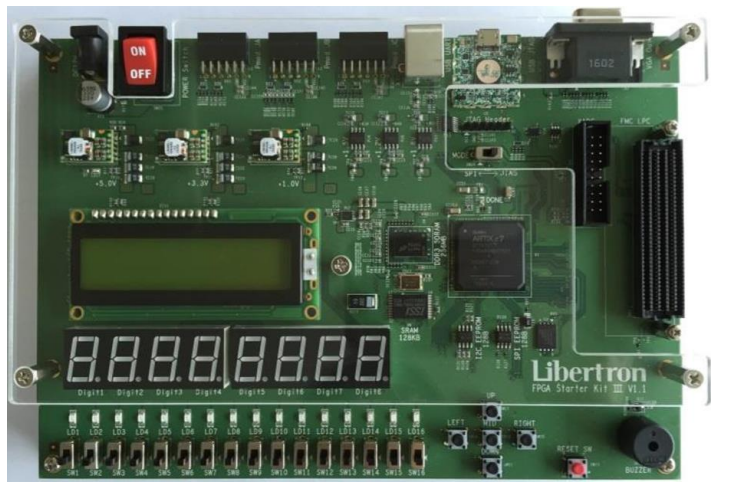要从给定的 m 个数 中生成 n 个数的所有组合,我们可以使用递归或迭代方法,具体解决过程如下:
1. 问题说明
给定一个大小为 m 的数组,例如 [1, 2, 3],生成所有长度为 n 的组合(可以包括重复数字,也可以不包括)。
两种组合方式:
-
组合(不允许重复):
- 每个数字只能使用一次。
- 如果
n > m,则没有解。 - 示例:从
[1, 2, 3]中选出长度为 2 的组合,结果为:[1, 2], [1, 3], [2, 3]。
-
带重复的组合(允许重复):
- 每个数字可以被重复使用。
- 示例:从
[1, 2, 3]中选出长度为 2 的组合,结果为:[1, 1], [1, 2], [1, 3], [2, 2], [2, 3], [3, 3]。
2. 实现方案
2.1 不允许重复的组合
算法思路
- 使用递归来构造结果。
- 每次选择一个数字后,不能再选择它(避免重复)。
- 当选够了 n 个数字 时,将结果加入最终答案。
实现代码
java">import java.util.ArrayList;
import java.util.List;public class Combinations {public static List<List<Integer>> generateCombinations(int[] nums, int n) {List<List<Integer>> result = new ArrayList<>();backtrack(nums, n, 0, new ArrayList<>(), result);return result;}private static void backtrack(int[] nums, int n, int start, List<Integer> current, List<List<Integer>> result) {// 如果组合长度达到目标 n,添加到结果中if (current.size() == n) {result.add(new ArrayList<>(current));return;}// 从 start 开始,依次选择数字for (int i = start; i < nums.length; i++) {current.add(nums[i]); // 选择当前数字backtrack(nums, n, i + 1, current, result); // 递归选择剩余的数字current.remove(current.size() - 1); // 回溯}}public static void main(String[] args) {int[] nums = {1, 2, 3};int n = 2;List<List<Integer>> combinations = generateCombinations(nums, n);System.out.println(combinations); // 输出: [[1, 2], [1, 3], [2, 3]]}
}
运行流程
- 假设输入数组为
[1, 2, 3],目标组合长度为 2:
2.2 允许重复的组合
算法思路
- 使用递归来构造结果。
- 每次选择一个数字后,仍然可以选择它(允许重复)。
- 当选够了 n 个数字 时,将结果加入最终答案。
实现代码
java">import java.util.ArrayList;
import java.util.List;public class CombinationsWithRepetition {public static List<List<Integer>> generateCombinations(int[] nums, int n) {List<List<Integer>> result = new ArrayList<>();backtrack(nums, n, 0, new ArrayList<>(), result);return result;}private static void backtrack(int[] nums, int n, int start, List<Integer> current, List<List<Integer>> result) {// 如果组合长度达到目标 n,添加到结果中if (current.size() == n) {result.add(new ArrayList<>(current));return;}// 从 start 开始,依次选择数字(可以重复选择)for (int i = start; i < nums.length; i++) {current.add(nums[i]); // 选择当前数字backtrack(nums, n, i, current, result); // 递归选择剩余的数字(允许重复)current.remove(current.size() - 1); // 回溯}}public static void main(String[] args) {int[] nums = {1, 2, 3};int n = 2;List<List<Integer>> combinations = generateCombinations(nums, n);System.out.println(combinations); // 输出: [[1, 1], [1, 2], [1, 3], [2, 2], [2, 3], [3, 3]]}
}
运行流程
- 假设输入数组为
[1, 2, 3],目标组合长度为 2:
3. 时间复杂度分析
-
不允许重复的组合:
- 假设数组大小为 m,组合长度为 n。
- 时间复杂度为 O ( C ( m , n ) ) = O ( m ! n ! ( m − n ) ! ) O(C(m, n)) = O(\frac{m!}{n!(m-n)!}) O(C(m,n))=O(n!(m−n)!m!),因为每种组合只会生成一次。
-
允许重复的组合:
- 时间复杂度为 O ( m n ) O(m^n) O(mn),因为每个位置可以选择 m 种数字,共有 n 个位置。
4. 示例测试
4.1 不允许重复的组合
- 输入:
nums = [1, 2, 3],n = 2 - 输出:
[[1, 2], [1, 3], [2, 3]]
4.2 允许重复的组合
- 输入:
nums = [1, 2, 3],n = 2 - 输出:
[[1, 1], [1, 2], [1, 3], [2, 2], [2, 3], [3, 3]]
5. 总结
| 特性 | 不允许重复的组合 | 允许重复的组合 |
|---|---|---|
| 是否允许重复选取 | 否 | 是 |
| 时间复杂度 | O ( C ( m , n ) ) O(C(m, n)) O(C(m,n)) | O ( m n ) O(m^n) O(mn) |
| 适用场景 | 选择独特的对象,避免重复 | 允许重复选择的对象,例如排列、带放回的抽取。 |
动态规划或递归回溯是生成组合的常见方法,根据问题需求选择适合的实现方式。






